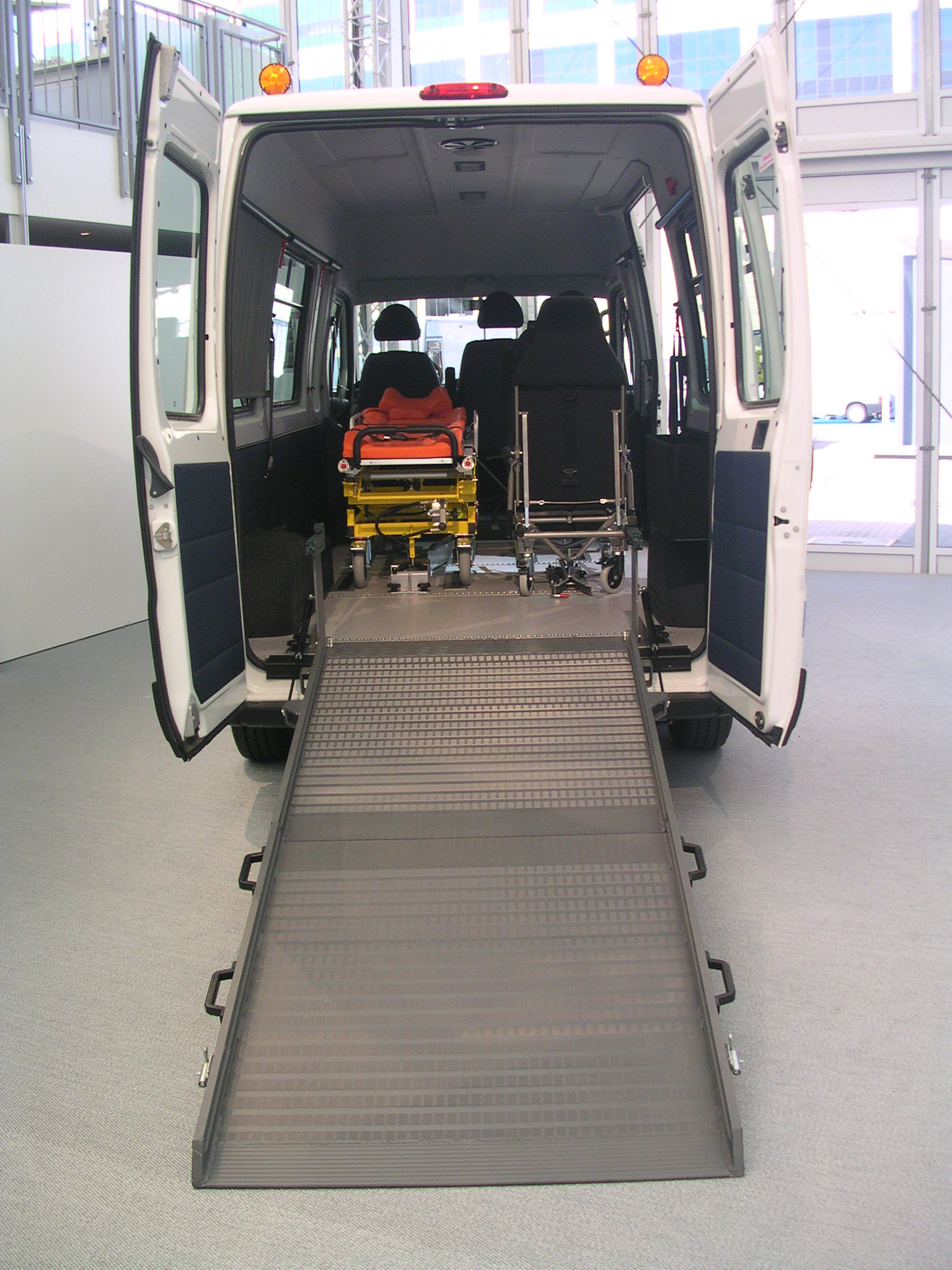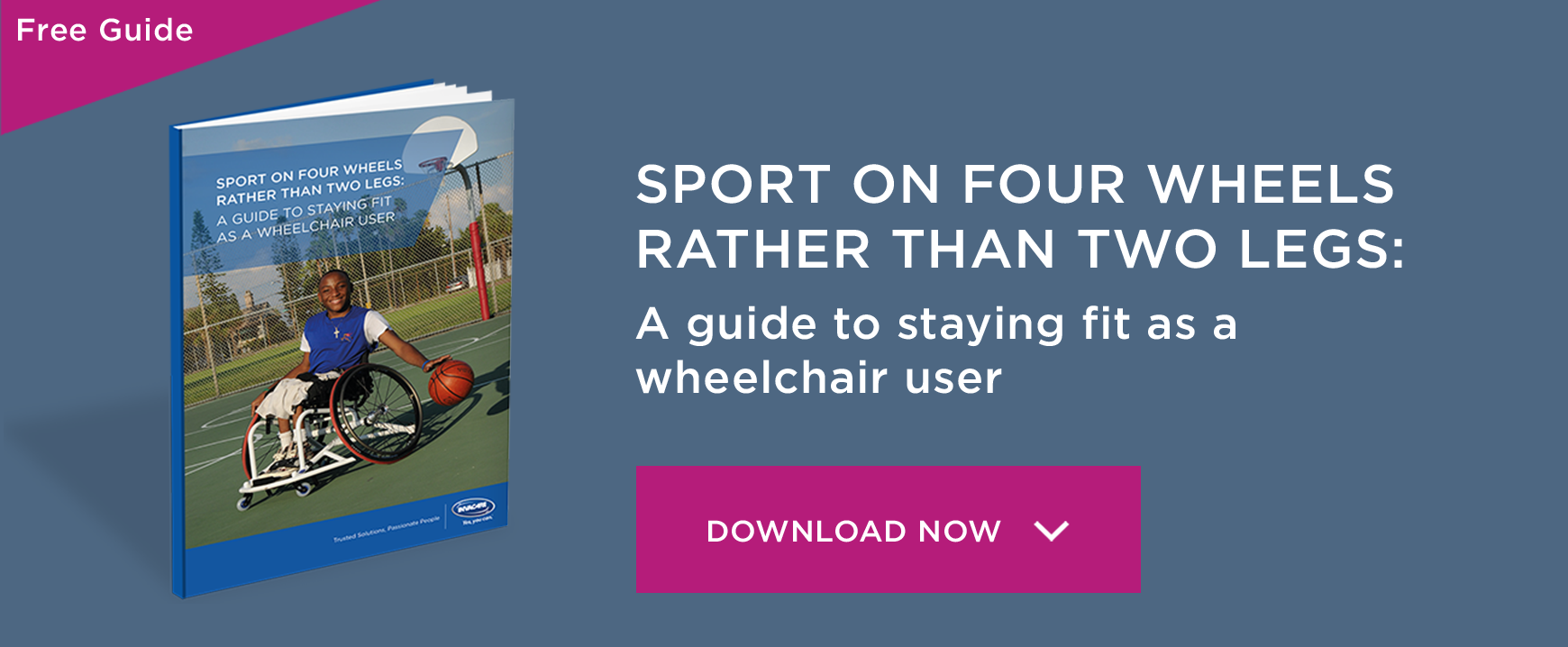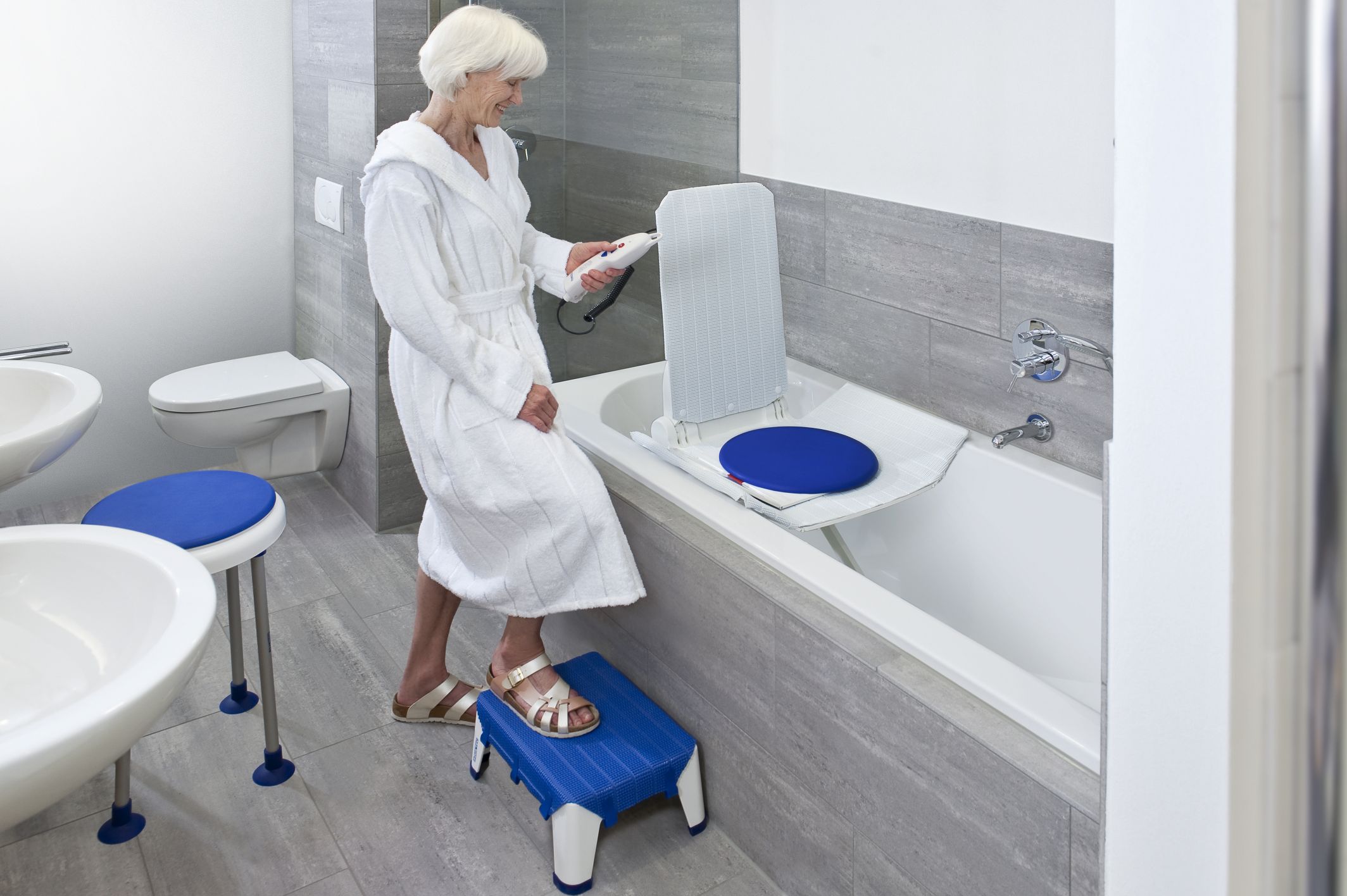Travel with ease in wheelchair friendly cars

While most cars can fit a basic wheelchair in the boot, certain wheelchair-friendly cars are designed specifically to accommodate disabled people and their equipment. There are a range of such vehicles available on the market, so in this article we will look at how these cars can help disabled people to get around.
Wheelchair-friendly cars come in different styles and designs. Their main feature is that wheelchair users can travel without needing to transfer out of their wheelchair, with some cars designed for the wheelchair user to be a driver, while others are set up for them to be a passenger.
If you have trouble transferring from your wheelchair to a car seat, it may be time to look at wheelchair-friendly cars, which are also known as wheelchair-accessible vehicles (WAVs). However, if you are still happy transferring from your wheelchair, adaptations such as swivel seats or transfer plates can make most standard cars accessible to a wheelchair user.
How to choose wheelchair friendly cars
When seeking to buy a wheelchair-friendly car, you have two main options: you can buy a brand new car, or you can buy a second-hand car. If somebody has already had a car adapted in a way that would suit you, and they are selling it, then you may be able to save a lot of money by buying second hand. However, if you want a car that is entirely new, and has been adapted specifically for you, a new car from a dealership is probably a more suitable, albeit more expensive, choice.
When trying to decide what kind of car would suit you best, consider some of the following questions to build a picture of what you need, and what you would like:
- How big is your wheelchair? Is the car big enough to accommodate it?
- How tall do you sit when you are in your wheelchair?
- How frequently will you use the car?
- Are there a lot of speed bumps close to where you will be driving?
- Will you mainly use it for long or short journeys? Consider your comfort, especially for longer journeys
- How many passengers are likely to travel with you on regular journeys?
- Is there likely to be sufficient space in car parks, your drive, etc., for you to use your vehicle appropriately? Will the ramp be able to extend fully?
- Would a manual or an automatic transmission be more suitable for you?
- Do you need specific adaptations, such as additional air conditioning?
- Do you need to carry extra equipment, such as oxygen tanks or spare batteries, around with you?
Most wheelchair friendly cars have standard features, such as a built-in ramp or lift to assist the wheelchair user to get in and out of the vehicle. Access is usually from the side or the back of the vehicle, and the floor is lowered or the roof is raised, to provide maximum vertical space for the wheelchair user to sit comfortably.
The size of the wheelchair-accessible vehicle you need, will depend on the size and height of your wheelchair and the number of people you are likely to be travelling with. A wheelchair user in a petite wheelchair who mainly travels alone will be able to manage with a smaller vehicle than a wheelchair user with a large-size chair who mostly travels with her entire family.
It is also good to consider the layout you would prefer in your wheelchair-friendly car. Normally, when the wheelchair user is a passenger (as opposed to a driver), he would be positioned towards the back. This can lead to feelings of exclusion, at times, if friends are in the front of the car, but it is the most practical and – usually – economical option. Upfront layouts are available so that the wheelchair user can be seated at the front, beside the driver, but this can limit the remaining seating in the car and cost more money to adapt.
(Image credit: Norbert Schnitzler)







